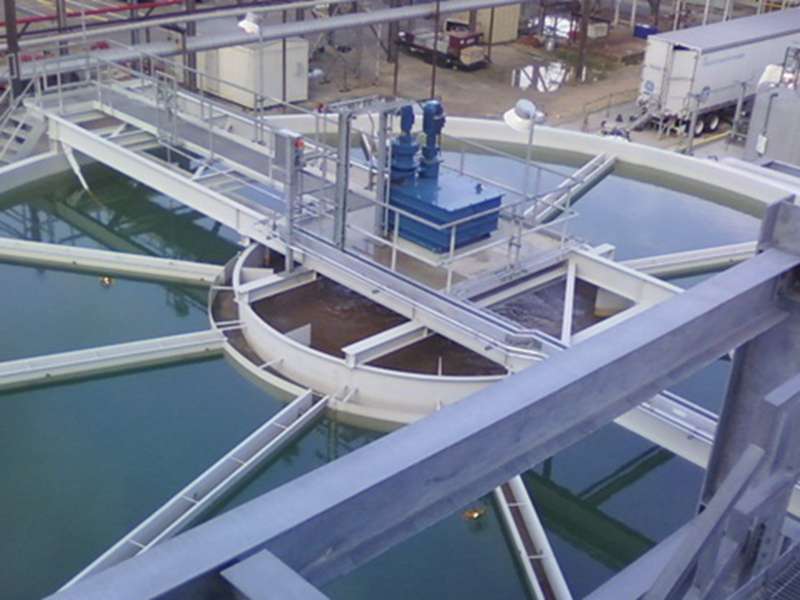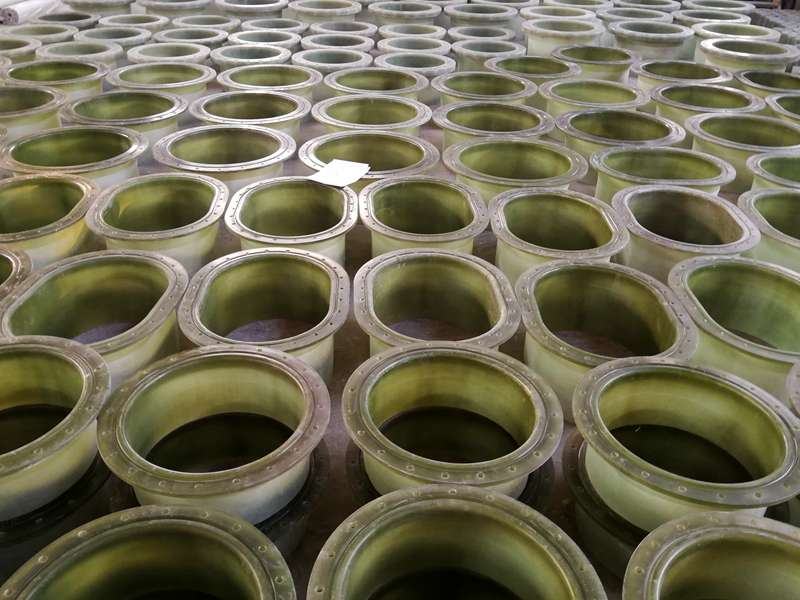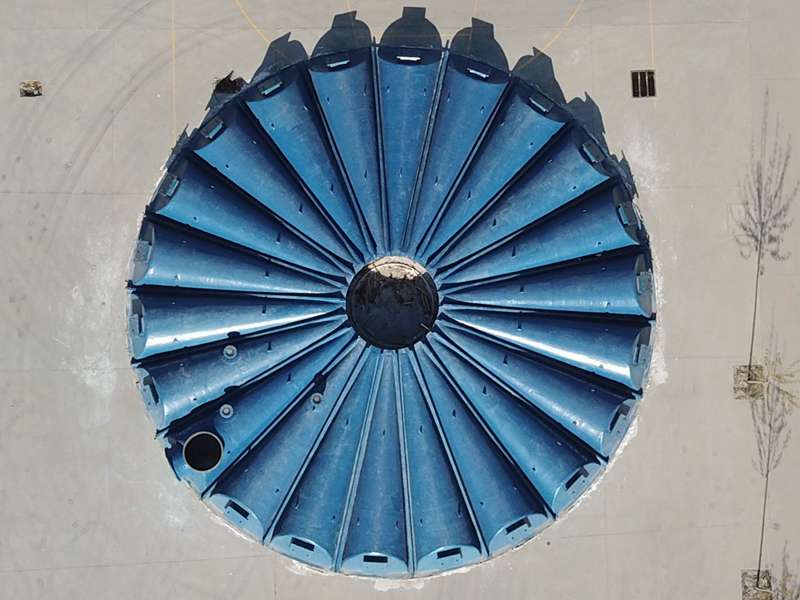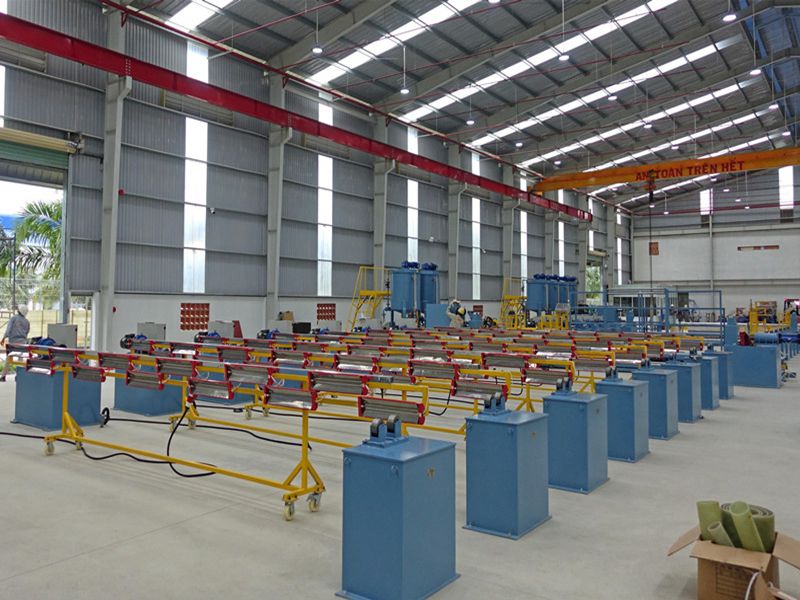
-
 Afrikaans
Afrikaans -
 Albanian
Albanian -
 Amharic
Amharic -
 Arabic
Arabic -
 Armenian
Armenian -
 Azerbaijani
Azerbaijani -
 Basque
Basque -
 Belarusian
Belarusian -
 Bengali
Bengali -
 Bosnian
Bosnian -
 Bulgarian
Bulgarian -
 Catalan
Catalan -
 Cebuano
Cebuano -
 China
China -
 China (Taiwan)
China (Taiwan) -
 Corsican
Corsican -
 Croatian
Croatian -
 Czech
Czech -
 Danish
Danish -
 Dutch
Dutch -
 English
English -
 Esperanto
Esperanto -
 Estonian
Estonian -
 Finnish
Finnish -
 French
French -
 Frisian
Frisian -
 Galician
Galician -
 Georgian
Georgian -
 German
German -
 Greek
Greek -
 Gujarati
Gujarati -
 Haitian Creole
Haitian Creole -
 hausa
hausa -
 hawaiian
hawaiian -
 Hebrew
Hebrew -
 Hindi
Hindi -
 Miao
Miao -
 Hungarian
Hungarian -
 Icelandic
Icelandic -
 igbo
igbo -
 Indonesian
Indonesian -
 irish
irish -
 Italian
Italian -
 Japanese
Japanese -
 Javanese
Javanese -
 Kannada
Kannada -
 kazakh
kazakh -
 Khmer
Khmer -
 Rwandese
Rwandese -
 Korean
Korean -
 Kurdish
Kurdish -
 Kyrgyz
Kyrgyz -
 Lao
Lao -
 Latin
Latin -
 Latvian
Latvian -
 Lithuanian
Lithuanian -
 Luxembourgish
Luxembourgish -
 Macedonian
Macedonian -
 Malgashi
Malgashi -
 Malay
Malay -
 Malayalam
Malayalam -
 Maltese
Maltese -
 Maori
Maori -
 Marathi
Marathi -
 Mongolian
Mongolian -
 Myanmar
Myanmar -
 Nepali
Nepali -
 Norwegian
Norwegian -
 Norwegian
Norwegian -
 Occitan
Occitan -
 Pashto
Pashto -
 Persian
Persian -
 Polish
Polish -
 Portuguese
Portuguese -
 Punjabi
Punjabi -
 Romanian
Romanian -
 Russian
Russian -
 Samoan
Samoan -
 Scottish Gaelic
Scottish Gaelic -
 Serbian
Serbian -
 Sesotho
Sesotho -
 Shona
Shona -
 Sindhi
Sindhi -
 Sinhala
Sinhala -
 Slovak
Slovak -
 Slovenian
Slovenian -
 Somali
Somali -
 Spanish
Spanish -
 Sundanese
Sundanese -
 Swahili
Swahili -
 Swedish
Swedish -
 Tagalog
Tagalog -
 Tajik
Tajik -
 Tamil
Tamil -
 Tatar
Tatar -
 Telugu
Telugu -
 Thai
Thai -
 Turkish
Turkish -
 Turkmen
Turkmen -
 Ukrainian
Ukrainian -
 Urdu
Urdu -
 Uighur
Uighur -
 Uzbek
Uzbek -
 Vietnamese
Vietnamese -
 Welsh
Welsh -
 Bantu
Bantu -
 Yiddish
Yiddish -
 Yoruba
Yoruba -
 Zulu
Zulu
Advanced Techniques and Tools for Efficient Tunnel Drilling in Rock Formations for Optimal Performance
Tunnel Drilling Rock Drill Tools An Overview
Tunnel drilling is a critical process in various construction projects, including transportation infrastructure, mining, and utility installation. The effectiveness of tunnel drilling relies heavily on the tools used, particularly rock drill tools. These tools are designed to penetrate hard geological formations, facilitating the creation of tunnels that can accommodate railways, roadways, and underground facilities.
Types of Tunnel Drilling Tools
1. Drill Bits The drill bit is the most crucial component of any drilling operation. In tunnel drilling, different types of drill bits are used depending on the rock type and hardness. Commonly, roller cone bits, diamond bits, and PDC (polycrystalline diamond compact) bits are employed. Roller cone bits are effective in mixed formations, while diamond bits excel in extremely hard rock conditions.
2. Drill Rigs The drill rig serves as the platform where drill bits are mounted and operated. Tunnel drilling often employs specialized rigs, such as Continuous Miner and Tunnel Boring Machines (TBMs). TBMs are particularly advantageous for large tunnels, enabling efficient drilling and reducing disturbances to surrounding areas.
3. Downhole Tools These tools are used to enhance the drilling process and include stabilizers, reamers, and casings. Stabilizers help maintain the drill bit’s position, preventing deviations in the planned trajectory. Reamers enlarge the tunnel diameter, while casings provide structural support to ensure the tunnel remains stable post-drilling.
4. Hydraulic and Pneumatic Tools Hydraulic drills and pneumatic rock drills are often employed for their efficiency in delivering high impact energy, which is essential for breaking hard rock. These tools utilize either hydraulic pressure or air pressure, respectively, to operate the drill bits.
tunnel drilling rock drill tools
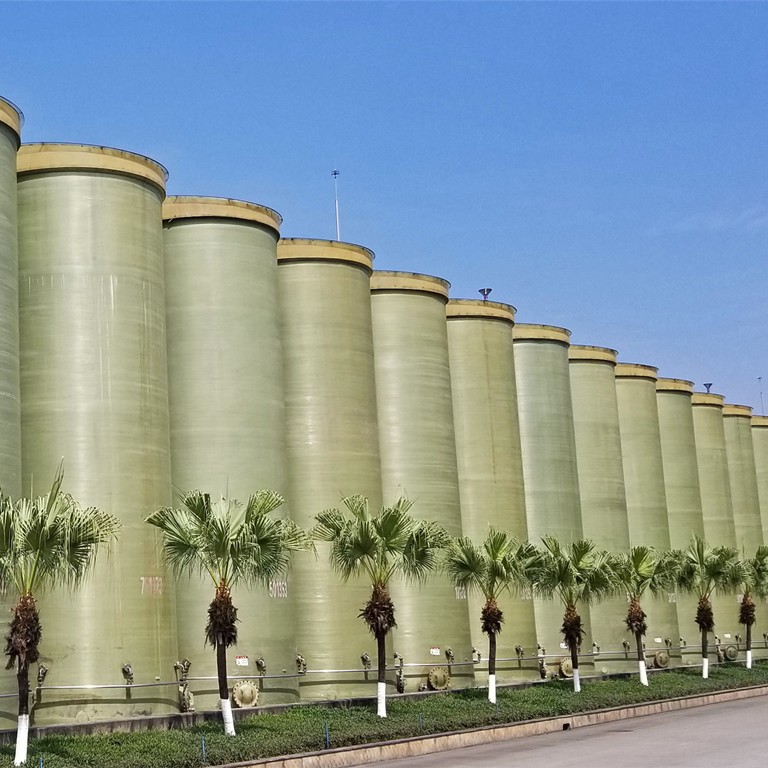
5. Blast Hole Drills In some cases, blasting is an essential component of tunnel construction. Blast hole drills create small holes for explosives, allowing engineers to fragment rock effectively. The choice between using explosives or mechanical methods largely depends on the geological conditions and project requirements.
Advancements in Tunnel Drilling Technology
The field of tunnel drilling has seen significant advancements in technology in recent years. Automation and remote operation capabilities are transforming traditional practices. Advanced sensors and monitoring systems allow real-time feedback on drilling parameters, which enhances precision and safety. Moreover, the integration of Artificial Intelligence (AI) is paving the way for smarter drilling systems that can adapt to geological changes on the fly, minimizing delays and costs.
Environmental Considerations
Modern tunneling projects also emphasize the need for sustainable practices. Tools and techniques are being developed to reduce environmental impact. For instance, Water-jet cutting and other non-traditional methods minimize vibration and noise pollution, preserving the ecological integrity of surrounding areas. Additionally, new methods for recycling drilling waste are being explored, aiming to minimize the carbon footprint of tunneling operations.
Conclusion
In conclusion, tunnel drilling rock drill tools play an essential role in the construction and engineering industry. With a variety of tools available, each designed for specific conditions and requirements, the success of tunnel projects heavily relies on the choice and application of these tools. Moreover, advancements in technology are continually improving efficiency and sustainability, which is crucial in today’s socially and environmentally conscious climate. The evolution of tunnel drilling practices promises to pave the way for smarter, safer, and more efficient tunneling solutions in the future.



